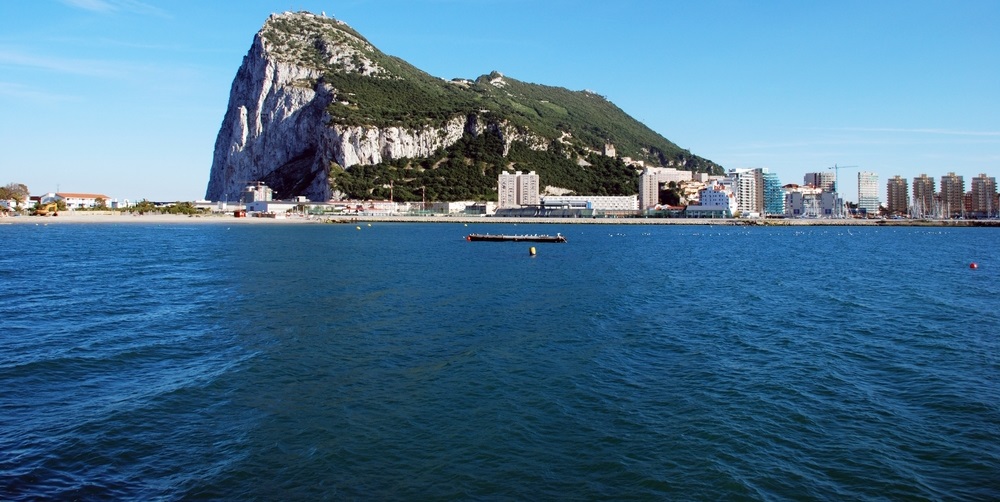I remember when the first HOV (high-occupancy vehicle) carpool lanes were introduced in the 1970s.
It seemed radical at the time. Who’s to say what lane one can or can’t drive in?
But fuel prices were surging. Drivers grumbled, but everyone got used to the idea.
In the 1990s came the concept of HOT (high-occupancy toll) lanes, with their flexible pricing depending on whether it was rush hour or not.
Again, there was more grumbling about “Lexus lanes,” but we got used to HOT lanes too.
With that in mind…
Could we soon see “AVO lanes” and “AVO zones” as the next big thing on our highways and highly congested downtowns?
AVO — as in “autonomous vehicles only.”
I know, I know. Go ahead and scoff.
But autonomous vehicles are one of the winning investment themes developed by Profits Unlimited Editor Paul . As he tells us, it’s not a matter of “if” but “when” we see self-driving cars in large numbers.
I’m betting it will happen sooner than many of us think.
Why?
For the same reason that we all got used to HOV and HOT lanes: public policy.
The (robotic) wheels are already turning on this idea.
For instance, Seattle and Vancouver, Canada, are linked by Interstate 5; a venture capital group recently unveiled a serious proposal to allow autonomous vehicles to use HOV lanes. At least, that’s the initial part of the plan. Over time, perhaps a decade or so, “this would evolve into HOV lanes being exclusively for autonomous vehicles.”
AVO, Here We Come
But that’s just for starters. What about “AVO zones” inside the most congested parts of our major downtown cities?
Again, don’t scoff.
For instance, New York City currently has 14,000 taxis, which only add to the congestion on its bridges and street grid. Traffic tie-ups add to pollution and increase commuting times, of course. But Massachusetts Institute of Technology researchers, after analyzing the taxi system’s rider data, concluded that “95% of demand could be covered by just 2,000 10-person vehicles” from ride-hailing services such as Uber and Lyft.
This is the same city that, only a few years ago, tried to ban the sale of oversized sodas (since struck down by the state’s Court of Appeals) as a way to combat obesity in its residents. It’s not hard to imagine a similarly sweeping order to ban human-driven cars from the most heavily congested sections of the city in an attempt to limit pollution and raise quality of life standards (and get a lot of votes).
No wonder Uber (and Google, Microsoft, Ford and many others) are spending so heavily on perfecting a truly autonomous vehicle.
Public safety (and ever-rising car insurance rates) may also bring “AVO zones” into reality a lot sooner than we think.
As one example, Los Angeles saw a large spike in traffic deaths last year. Traffic-related pedestrian deaths alone rose nearly 60%. But a study conducted by a local task force found that most of those fatalities happened on just a handful of city streets, dubbed “the High-Injury Network.”
In a few years’ time, it’s not hard to imagine a politician like LA Mayor Eric Garcetti proposing that the most dangerous of those roadways or city blocks be designated as “AVO zones” as autonomous vehicles become more commonplace.
Kind regards,

Jeff L. Yastine
Editorial Director




